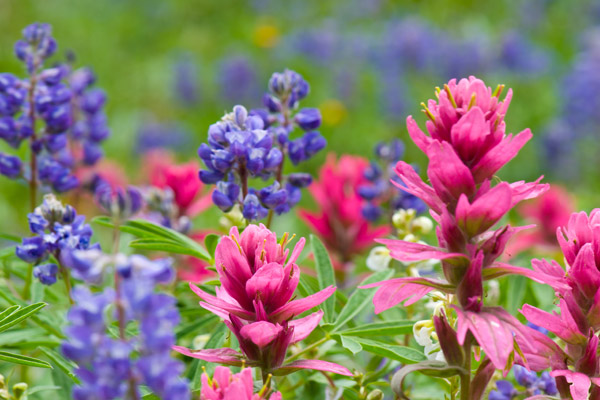Johnson Grass
Sorghum halepense
Keys to Identification
- Up to 10 feet tall perennial grass
- With tillers from the crown
Family
Poaceae – Grass Family
Other Names
n/a
USDA Code
SOHA
Legal Status
Colorado Noxious Weed List C
Identification
Lifecycle
Perennial
Growth form
Grass
Flower
Panicle is a 4-20 inch pyramid shape. Young flowers are pale green but are a dark purple when mature. July – frost
Seeds/Fruit
Yellow to purple in open spreading seedhead, 1/8-3/16 inches long. Up to 28,000 seeds per plant
Leaves
Flat and hairless, leaf buds are rolled. Distinctive light colored midrib. 12-30 inches long, 1/2-1 inch wide
Stems
Erect and unbranched. Solid with swollen nodes
Roots
Fibrous roots and coarse rhizomes that may grow up to 6 feet long
Similar Species
Exotics
Natives
Impacts
Agricultural
Invades cropland, reducing yields by 30-40%. May be poisonous to livestock under stress conditions
Ecological
Reduces native flora and displaces broadleaf species. Grows rapidly and competes aggressively
Habitat and Distribution
General requirements
Prevalent in riverbank communities, disturbed sites, and moist, well-drained soils. Requires warm season moisture
Distribution
Widespread in North America
Historical
Native to the Mediterranean
Biology/Ecology
Life cycle
Perennial
Mode of reproduction
Seed, rhizomes and plant fragments
Dispersal
Through contaminated seed, hay, and equipment. May be spread by animals and birds
References
Weed Control in Natural Areas in the Western United States. University of California Weed Research and Information Center. Pg 380-381 USDA. (2020). Johnsongrass
USDA. (2019). Johnsongrass. USDA NRCS Plant Guide
High Plains Integrated Pest Management – https://wiki.bugwood.org/HPIPM:Johnsongrass

